Last Updated on May 18, 2024 by Jason
A question that gets asked a lot in the vintage watch world is, are vintage watches waterproof? The simple answer is no! Even if it states on the case that the watch is waterproof it should, as with any vintage watch, be kept away from water and moisture.
Water resistance
The term “waterproof” is no longer used for modern watches, recognising that such an absolute standard cannot possibly be achieved. The term is replaced by “water resistant” along with a pressure rating in atmospheres and metres of water, which gives an idea of just how water resistant the watch is in a practical sense. There are two international standards that regulate the testing of watches, ISO 22810:2010 Horology – Water-resistant watches, and ISO 6425:1996 Divers’ watches. These ISO standards are explained in this Wikipedia page: Water Resistant mark.
The water resistance of a watch is normally expressed in metres, bars, or atmospheres. One bar equates to around 10 metres, so it is easy to convert the units. Atmospheres (typically shown as ATM) and bar are both units of pressure. They are approximately equal and are often used interchangeably, so a 3 ATM watch has a water resistance to 30 metres or 3 bars.
Water resistant
If a watch is said to be simply ‘water resistant’, it is likely that it is resistant to very small amounts of water. It will be safe to wear these watches in small rain showers as they should be able to withstand accidental splashes of water. Watches with this rating should not be submerged in water.
30 metres (3 bar/3 ATM)
A watch with a water resistance rating of up to 30 metres (3 bar/3ATM) can withstand small accidental splashes. It will be very similar to a watch that is said to be simply ‘water resistant’. It is generally not recommended to wear these watches in the shower or whilst swimming.
50 metres (5 bar/5 ATM)
A water resistance rating of 50 metres means that the watch will be resilient to splashes, showers and some gentle swimming. It is advisable to avoid sudden pressure changes, so watches with this rating should not be worn for any kind of diving activities.
100 metres (10 bar/10 ATM)
Watches that are listed as having a water resistance rating of up to 100 metres are suitable for swimming and snorkelling. A watch rated as 10 ATM will be very resilient to daily life and can be worn for showering and handwashing without any fear of damaging the watch. It shouldn’t really be used for scuba diving.
200 metres (20 bar/20 ATM)
This is considered a high water resistance rating for a watch. Timepieces with a water resistance rating of up to 20 bar can be worn for swimming, high-impact waters sports and scuba diving. A watch with this rating would be perfect for keen swimmers, scuba divers and surfers.
300 metres (30 bar/30 ATM)
A watch that is said to be water resistant up to 300 metres can be worn for all high-impact water sports. It could also be worn for scuba diving and saturation diving. This high level of water resistance is perfect for someone who is a professional diver. Any rating higher than this is likely to be superfluous for the majority of individuals.
These ratings will probably only apply to those vintage watches which date from the late 1990s, those before that time will still refer to the old “waterproof” rating.
The history of waterproof watches
The history of waterproof watches is a murky world, there are a number of different claims as to who produced the first waterproof watch. There is mention of a “W. Pettit & Co. of 2 Crombie’s Row, Commercial Road East, London” exhibiting a pocket watch suspended in water and surrounded by gold and silver fish. I can’t find any further information regarding W. Pettit & Co. and their waterproof pocket watch. I suspect it was a marketing exercise, even an unsealed pocket watch would survive and continue to tell the time for a few hours when submerged in water.

Francois Borgel is another watch case manufacturer who could claim that he invented the first practical waterproof case. Borgel’s most famous patent was for the one-piece screw-in watch case design that now bears his name. The case was designed to be dustproof and more importantly, waterproof. Borgel designed these cases and patented them in October 1891 in Geneva. The Swiss Brevet (patent number) was 4001. Additionally, the design was patented in London in November 1891 with the patent number 20422. This concept was transferred to wristwatches around 1910 and was widely used in WW1 trench watches.
Jean Finger of the Borgel company of Geneva lodged Swiss patent number CH 89276 in January 1921. This was for a watch case that was hermetically sealed or double-cased. In this design, there was a separate case that enveloped the crown and internal case. Although it provided water resistance, it was impractical as it involved opening the outer case to access the crown for winding. Hermetic cases were clearly not the most practical solution for “waterproof” watch cases.
Other solutions
There were a number of other patents and designs that could be considered the first true ” waterproof” watch. In reality, I am only considering designs that might have provided water resistance during normal activities, washing, showering, swimming and amateur scuba diving.
Tavannes “Submarine”
According to advertisements, Tavannes provided the “Submarine” watch via the retailers “Birch and Gaydon” in 1916. The “Submarine” was a wristwatch made “waterproof” by having a screw-on back and screw-on bezel, which are both fitted with compressible gaskets to improve their water tightness and a waterproof compressed seal in the stem tube to prevent water from entering the case through the hole where the winding stem enters.
The Dennison Watch Case Company
Aaron Lufkin Dennison was an American watchmaker and entrepreneur who played a significant role in the development of waterproof watch cases. In 1872, Dennison’s company, The Dennison Watch Case Company, based in Birmingham, England, registered the patent for, amongst other things, a screw down case that would help make a case dust and waterproof. In the 1940s, they introduced a “Monocoque” watch case. This was a one-piece case made from a solid block of metal. While not entirely waterproof, the Monocoque case provided better protection against moisture compared to earlier designs. The one-piece case was used by watchmakers such as Omega. Dennison’s innovations paved the way for future advancements in waterproof watch cases.
Depollier
In 1916, Jacques Depollier & Son, an American watch manufacturer, lodged a patent for a “Waterproof Dustproof” wristwatch. The design was invented by Charles L. Depollier and Auguste Jaques, a Swiss watchmaker from Chaux-de-Fonds, Switzerland. The watch incorporated a bayonet-style locking crown. Depollier’s design went into production with Waltham as the primary manufacturing partner in the shape of the Field & Marine watches. It was the first water-resistant watch to be mass-produced and the United States Army Signal Corps placed an order for 10,000 units in 1918.
Rolex Oyster
In 1926, Rolex introduced the Oyster case which included a threaded case back and a screwed-down winding crown. This was probably the first practical waterproof design, although Rolex marketed it as the absolute first solution.
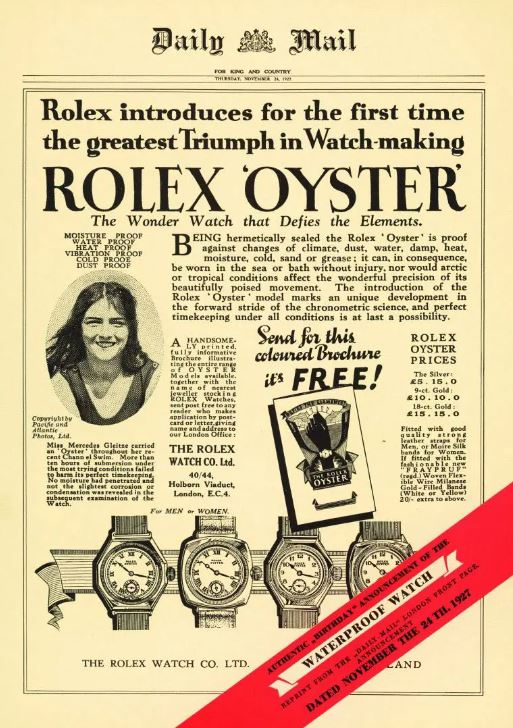
Related content
The evolution of the waterproof watch at Vintage Watch Straps by David Boettcher.
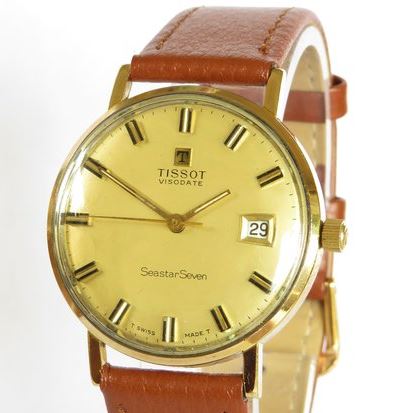
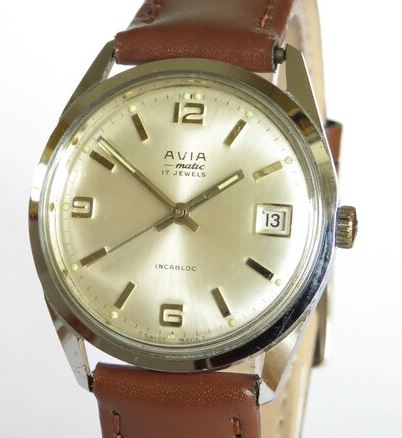
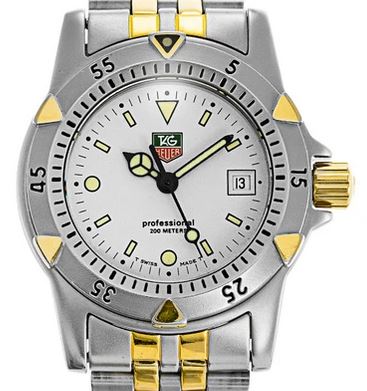
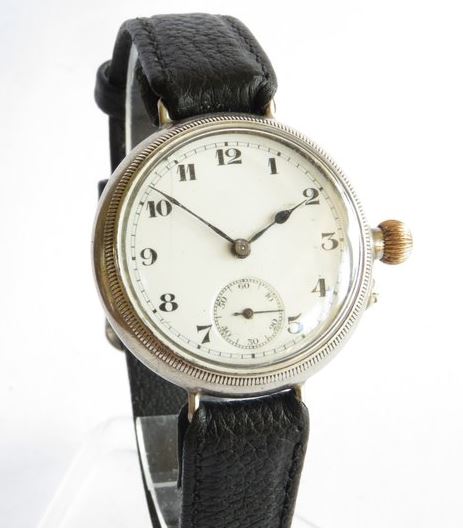
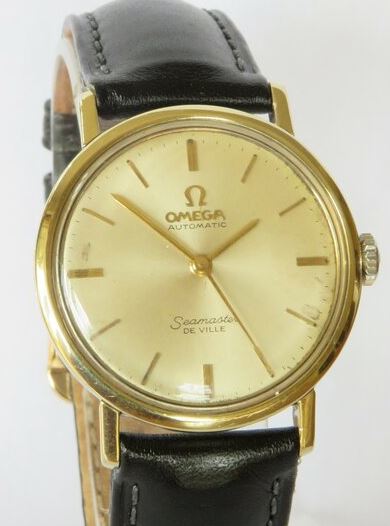
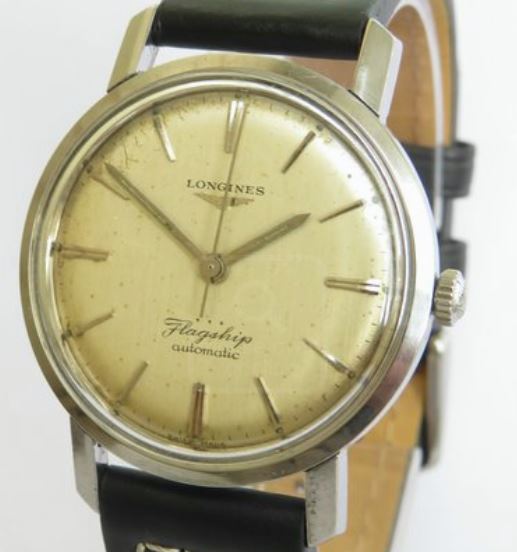
Leave a Reply